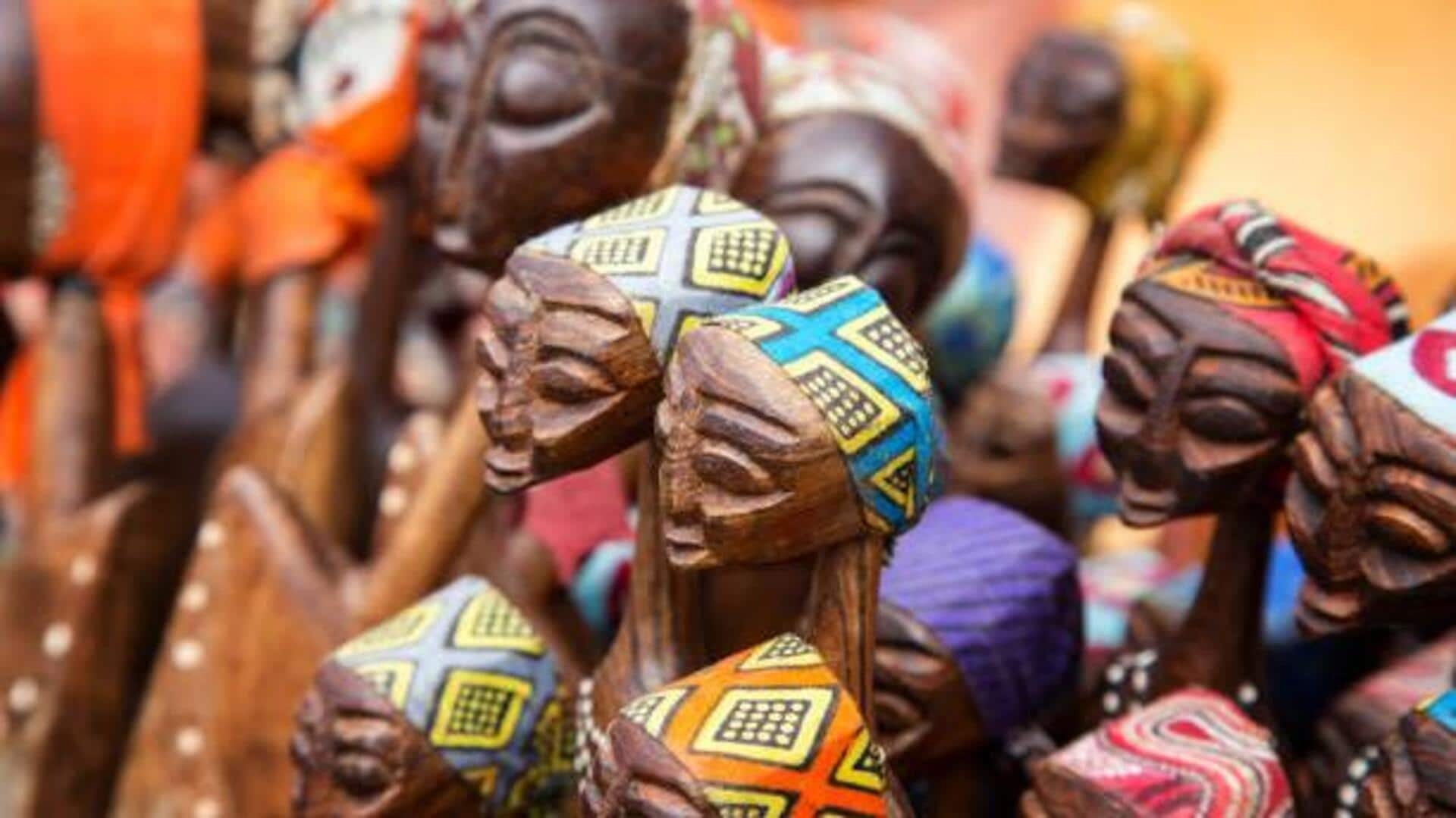
African sculptures: Techniques and significance
What's the story
African sculptures are a deep-rooted expression of cultural identity and historical narratives. Often made out of wood, metal, or stone, these artworks embody the rich traditions and beliefs of different African communities. The techniques of crafting these sculptures are as diverse as their cultures, reflecting a deep-rooted connection to heritage and spirituality. This article explores the intricate methods of African artists and the cultural stories behind their creations.
#1
Traditional carving methods
Traditional carving forms the basis of African sculpture-making. Artists usually employ hand tools, like chisels and knives, to shape materials like wood or stone. This painstaking process demands skill and patience, enabling detailed designs that carry specific cultural meanings. Material choice often holds symbolic significance, with some woods or stones considered to have spiritual properties.
#2
Metalwork techniques
Metalwork is another major technique in African sculpture. Artists use techniques such as casting or forging to produce exquisite metal pieces. Lost-wax casting is especially favored; it entails making a wax model that is wrapped in clay before being melted away to create a mold for molten metal. This technique facilitates fine designs that depict complex narratives and symbols significant to different cultures.
#3
Symbolism in sculptures
Symbolism also plays an important role in African sculptures. Each piece has its own story to tell through visual elements. The figures may represent ancestors, deities or mythical beings that are central to the community's beliefs. Patterns carved into the surface may indicate social status or even moral lessons passed down generations. Knowing these symbols gives an insight to the values and history of different African societies.
#4
Influence on contemporary art
African sculptures have had a profound impact on contemporary art across the globe. Artists today take inspiration from the traditional techniques and motifs of these works, adapting them to contemporary contexts while maintaining their original integrity. This cross-cultural exchange enriches our art scenes across the world, bringing in diverse viewpoints stemming from the ancients but relevant to the contemporary world.